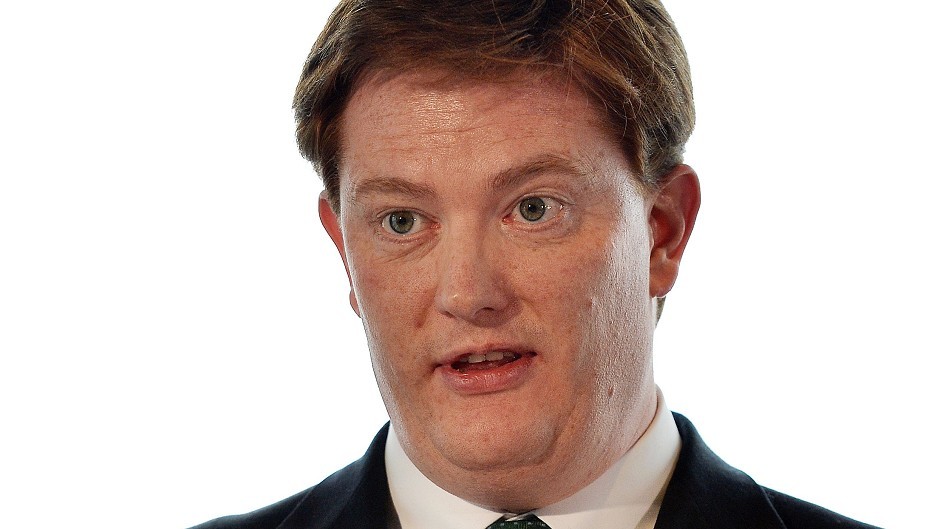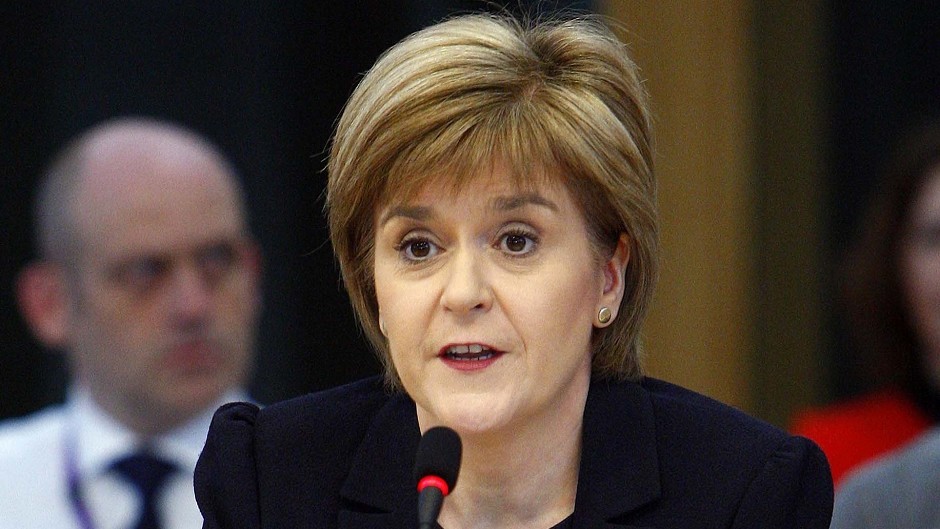Nicola Sturgeon’s claim that government spending can be increased while reducing the national debt have been dismissed as “not credible” by senior UK Government minister.
A Treasury analysis due to be released this morning states that the first minister’s assertion is “factually wrong”.
In a speech in London Ms Sturgeon claimed that debt could be reduced as a percentage off GDP, but more gradually than proposed by Labour and the Conservatives.
Ms Sturgeon asserted that if real terms growth in departmental expenditure was limited to 0.5% each year, it would reduce debt as a share of GDP in every year from 2016-17 and it would permit a further £180billion investment across the UK over the next four years.
The Treasury analysis will say Ms Sturgeon is wrong on two counts. First, under her proposals debt would rise from 81.9% to 82.2% in 2017-18. Second, debt as a share of GDP at the end of the parliament would stand at 81.4%, which is higher than the level at the start of the parliament of 81.6%.
Chief Secretary to the Treasury, Liberal Democrat Danny Alexander said: “Once again, the SNP have been caught out on the economy. Their economic plans for a separate Scotland in the run up to the referendum were simply not credible – the recent crash in oil prices which would have blown a massive black hole in Scotland’s finances.
“Now we see that the SNP would blow a huge hole in Britain’s finances too. Again and again the SNP have taken their eye off the ball – on upgrading the A9, on the state of Scotland’s NHS, and now with the future of our economy.
“Scotland’s economy is growing fast and creating jobs with Scottish Lib Dems at the helm. These figures show that the economic recovery would not be safe in nationalist hands.”

